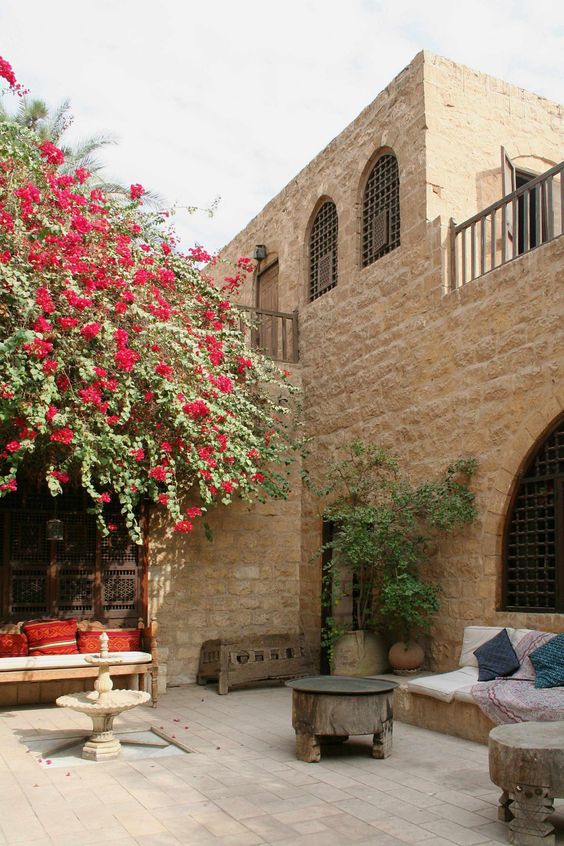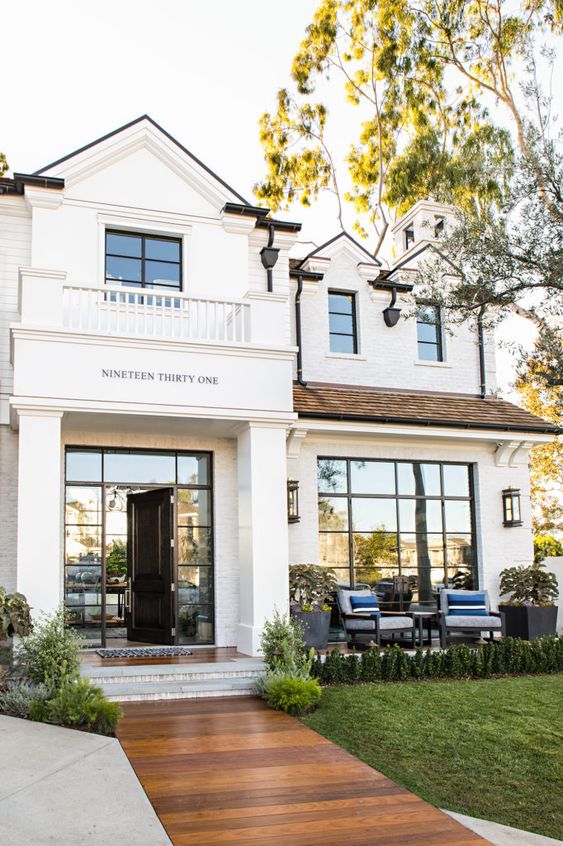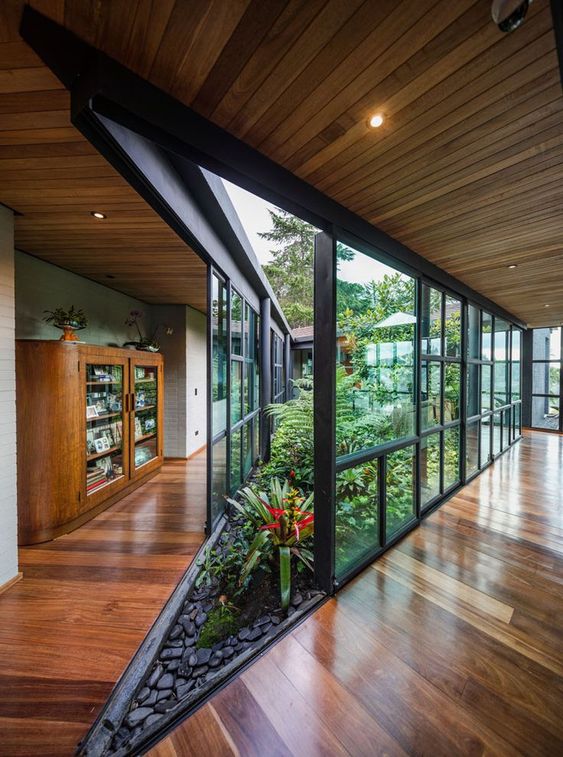Sisijoke.com – The subject of this book is modern traditional architecture. The subject is fascinating, but it also presents some of the most challenging aspects of this type of architecture. It is an evocative study of the development of modern building technology, as well as the evolution of traditional building practices around the world. The book highlights important contemporary classical design trends, such as a growing awareness of sustainable localism and the continuity of traditional building crafts across cultures and regions. This book provides an essential reference for anyone who wishes to further their knowledge of modern traditional architecture.
Characteristics of Contemporary Architecture
Contemporary architecture often draws on classical and Renaissance designs, and is often considered “inauthentic” and not faithful to the materials and methods of earlier times. Many modern architects try to conceal the plumbing and electrical systems within the walls of traditional buildings, and hide columns and other features. Many architects use this excuse to avoid reproducing traditional architecture in their work. However, this is not the case for everyone. Modern traditional architecture can be both elegant and functional, and the aesthetics are often very different from traditional styles.
The design of a traditional building is different depending on its purpose. It can be either historic or modern, depending on the context and materials available. Traditional buildings can be more difficult to construct, but they will last longer than modern houses. Some are even referred to as vernacular. Vernacular architecture draws its inspiration from the architectural designs of the past. This type of architecture is timelessly elegant, and the style is a great choice for those who appreciate classic art.

As a result of their differences, contemporary traditional architecture is a hybrid of traditional and modern styles. Traditional buildings often reflect the culture of the place they are situated in, and the local human condition. The traditional architecture of a region is not necessarily synonymous with modernity. It’s more a form of collective intelligence, and it can be the most beautiful and meaningful in an urban area. However, when applied to city-building, traditional architecture is a vital part of modern planning.
Perfect Style of Modern Traditional Architecture
The Bacon Street house, for example, is a perfect example of the style of modern traditional architecture of the 1950s. As part of the Avant Garde movement, it was a practical solution for working class and middle-class families. It is characterized by simple materials and floor plans that feature few details. It is also important to remember that traditional architecture often uses symbols that are deeply embedded in a culture, and a good example of this style is an old New York City townhouse.
Those who are interested in modern architecture should consider the implications of new technology for their homes. Sustainable systems in traditional Iranian architecture are examples of technological innovations not fully utilized. Likewise, Businessmen Fuller developed geodesic domes that can cover entire cities, and a lightweight, energy-efficient temerity tower. These technologies have become essential for modern architecture, allowing for economic and population growth. Modern homes should reflect these new technologies and materials while at the same time reflecting modern living styles and lifestyles.

Another advantage of modern architecture is that it is easier to recognize traditional architecture than to make it modern. With more traditional architecture, a study of the exterior can provide a good clue as to what the interior will look like. The Beaux-arts terra-cotta courthouse was an example of this type of architecture in 1924. The interior of this building is just as elegant. In fact, its ornamentation is much more detailed than its exterior.
Traditional House Building
In addition, modern architecture also reflects vernacular building traditions. Although the term vernacular architecture is often overlooked in contemporary architecture, some architects are embracing this cultural building tradition. This trend has contributed to the rapid urbanization of cities. Furthermore, vernacular building techniques are environmentally friendly and energy-efficient. By combining new technology with local practice, architects can create a sustainable model. But in the meantime, it is important to remember that the concept of modern traditional architecture does not mean abandoning progress.

Architects involved in modern traditional architecture include Alvar Aalto and Oscar Niemeyer. While renowned for their works, these two modernists are also known for embracing Scandinavian design. The former was particularly influential in Finland and then spread throughout Europe, whereas the latter was more influenced by the modernist style of Danish modernism. Despite this, both architects were known for their carefully proportioned buildings and carefully detailed furniture.

